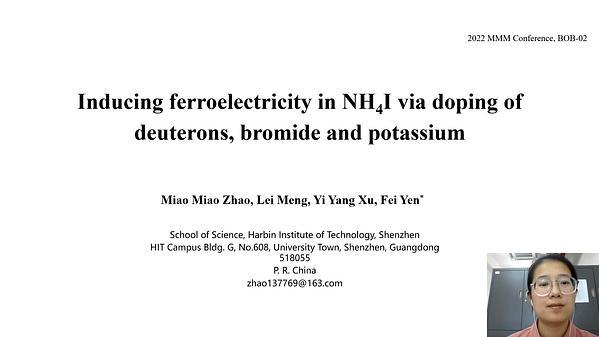
Premium content
Access to this content requires a subscription. You must be a premium user to view this content.

technical paper
Magnetization Reversal in Cylindrical NiFe Nanowires
Curved magnetic structures often exhibit unique magnetic behavior both as a result of their curvilinear boundary conditions as well as curvature-induced energy effects, such as the curvature-induced Dzyaloshinskii-Moriya (DM) interaction and curvature induced anisotropy. These structures are also of considerable interest for technological applications. For example, magnetic systems have been proposed for a number of wearable devices, such as wearable magnetoreceptors 1 or wearable touchless sensors 2, and the development of such devices requires an understanding of the effects of curvature in magnetic systems. Such effects are best studied in 3D structures, where the curvature can have a significant spatial extent. Nanowires are relatively simple 3D curved structures capable of exhibiting unique magnetization configurations, especially during magnetization reversal 3, and are well suited for applications requiring integration with electrical contacts. Here we have simulated the magnetization reversal in cylindrical NiFe nanowires and supported the results of these simulations with in situ Lorentz TEM images. We found that the reversal of these nanowires falls into two different regimes, depending on the diameter of the nanowire. For nanowires with a diameter less than or equal to 100 nm, magnetization reversal occurred via coherent rotation of the spins. For nanowires with a diameter greater than or equal to 150 nm, reversal occurred through a winding of the magnetization at the edges that eventually resulted in a double-helix configuration at the zero-field state, shown in Figure 1. The reversal completed through the gradual unwinding of the double helix state. In both regimes, domain wall propagation was not observed to occur during reversal.

